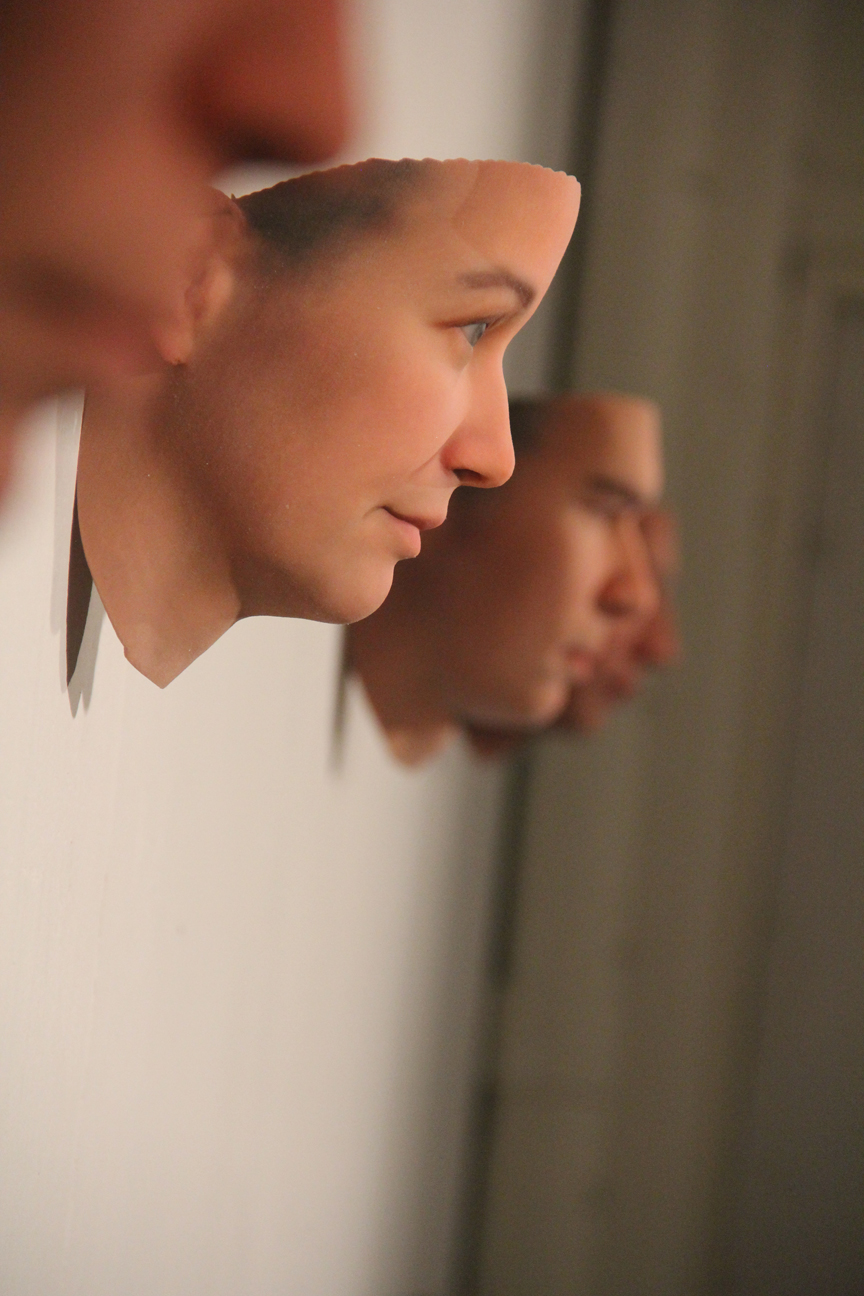
AUSTIN, Texas — Do you know where all your DNA is?
From stray hairs to wads of gum, people shed their cells in public spaces all the time. And that physical detritus contains a surprising amount of information, experts say.
Because DNA can reveal so much about the person who left it behind, its casual presence everywhere could endanger people's security and privacy, Heather Dewey-Hagborg, said here Friday (March 13) at the South by Southwest (SXSW) Interactive festival.
"The very things that make us human — our bodies and cells — become a liability," said Dewey-Hagborg, an artist and programmer at the School of the Art Institute of Chicago. [Code of Life: Photos of DNA Structures]
Faces revealed
Dewey-Hagborg began wondering how much could be learned about a person from a single strand of their hair.
"I began by actually collecting forensic samples in public spaces, monitoring the streets and bathrooms of New York," Dewey Hagborg said.
Sign up for the Live Science daily newsletter now
Get the world’s most fascinating discoveries delivered straight to your inbox.
She then took that grab bag of human leftovers to Genspace, a community biology lab in New York City. After analyzing the DNA for identifiable traits, she used a computer model to predict the faces of the people who left them and used 3D printing to recreate those faces.
The resulting series of masks were part of a 2013 show she called "Stranger Visions." Of course there's no way to know how closely the faces match those of the people who left the errant pieces of debris, but the art reveals the wealth of personal information that could hide in seemingly anonymous pieces of trash.
Truly invisible?
Dewey-Hagborg argues that this genetic information needs to be protected.
"You wouldn't leave your medical records on a subway for just anyone to read," she said. " It should be a choice."
As a follow-up to Stranger Visions, Dewey-Hagborg developed a way for people to wipe away their genetic traces.
"If we're entering this era of mass biological surveillance, we need instruments of counter-surveillance to protect our privacy," she said.
The two-part product, called Invisible, consists of two chemical solutions. The first, called Erase, removes 99.5 percent of genetic information. The second solution, called Replace, essentially scrambles the genetic signal by cloaking it with a kind of DNA noise.
The chemical solution is actually on sale, and contains a mix of simple chemicals such as bleach. The recipe for Invisible is available open-source on Dewey-Hagborg's website, biononymous.me.
In an increasingly surveillance-saturated world, ordinary citizens who want to protect their privacy may wind up "doing things that might even border on illegal, but might be the same kinds of things that police or corporations might be doing less publicly," Dewey-Hagborg said.
Follow Tia Ghose on Twitter and Google+. Follow Live Science @livescience, Facebook & Google+. Originally published on Live Science.

Tia is the managing editor and was previously a senior writer for Live Science. Her work has appeared in Scientific American, Wired.com and other outlets. She holds a master's degree in bioengineering from the University of Washington, a graduate certificate in science writing from UC Santa Cruz and a bachelor's degree in mechanical engineering from the University of Texas at Austin. Tia was part of a team at the Milwaukee Journal Sentinel that published the Empty Cradles series on preterm births, which won multiple awards, including the 2012 Casey Medal for Meritorious Journalism.









